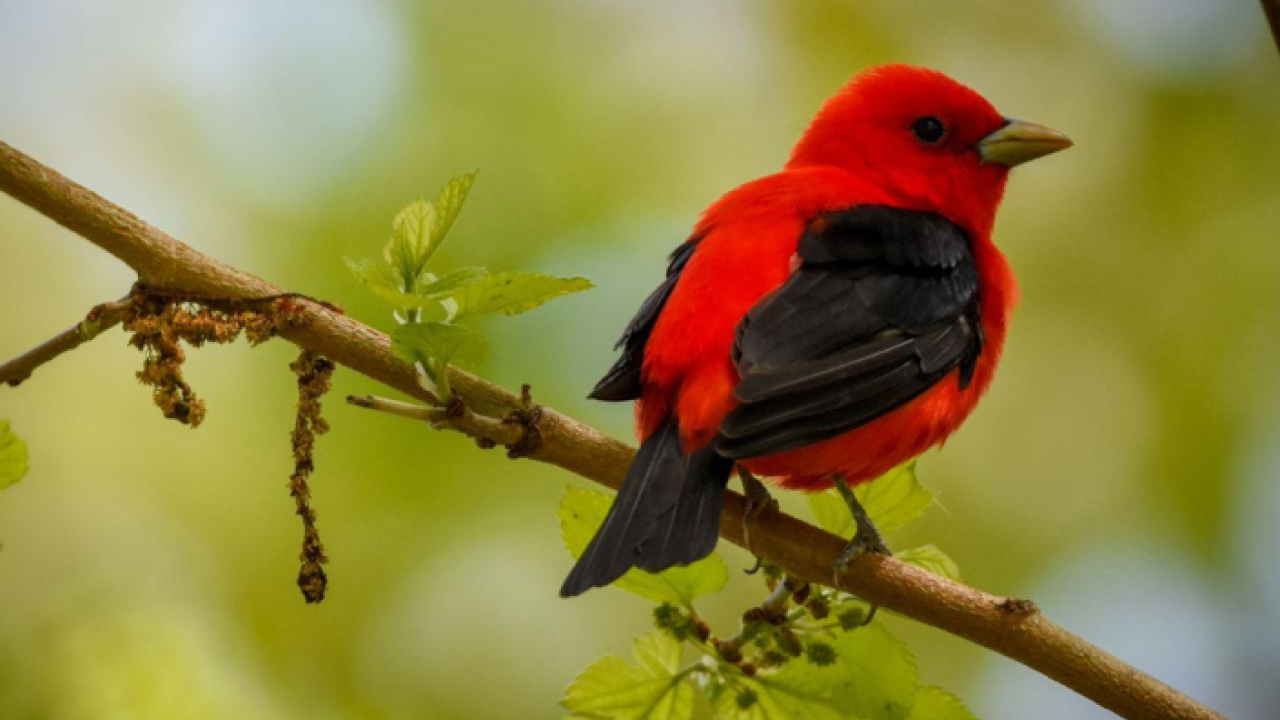A beautiful explosion of foliage and birdsong are the hallmarks of winter’s end and spring’s awakening. Climate change, however, could be changing this. Shifts in seasonal timing may be causing North American bird populations to plummet and ecosystems to lose balance. Casey Youngflesh (Tingley Lab, UCLA Department of Ecology and Evolutionary Biology) is the lead author in a recent study published in Nature Ecology and Evolution which addresses the response of 56 migratory bird species to an earlier spring by analyzing and comparing their migration patterns.
Many bird species are incredibly in tune with the subtle cues indicating spring’s arrival each year. This gives them the ability to time their migrations and breeding perfectly with the change in seasons. Recently, however, spring has been coming progressively earlier due to a changing climate. The consequences of earlier “green-ups” include altered food availability, decreased nest time for fledglings, and changes in interspecies interactions. At a pace of 0.4 days each year in North America, which equates to a week every 20 years, this jump in spring’s timing may be too fast for some birds to develop adequate adaptations. Difficulties in adjusting migration strategies could be a primary factor in recent population declines.
Read more about the study and its conclusions at UCLA Newsroom.
Study Authors:
Casey Youngflesh, UCLA, Department of Ecology and Evolutionary Biology
Jacob Socolar, University of Connecticut, Department of Ecology and Evolutionary Biology
Bruna R. Amaral, Pennsylvania State University, Department of Ecosystem Science and Management
Ali Arab, Georgetown University, Department of Mathematics and Statistics
Robert P. Guralnick, University of Florida, Florida Museum of Natural History
Allen H. Hurlbert, University of North Carolina, Department of Biology; University of North Caroline, Environment, Ecology and Energy Program
Raphael LaFrance, University of Florida, Florida Museum of Natural History
Stephen J. Mayor, Ontario Ministry of Natural Resources and Forestry, Ontario Forest Research Institute
David A. W. Miller, Pennsylvania State University, Department of Ecosystem Science and Management
Morgan W. Tingley, UCLA, Department of Ecology and Evolutionary Biology; University of Connecticut, Department of Ecology and Evolutionary Biology





